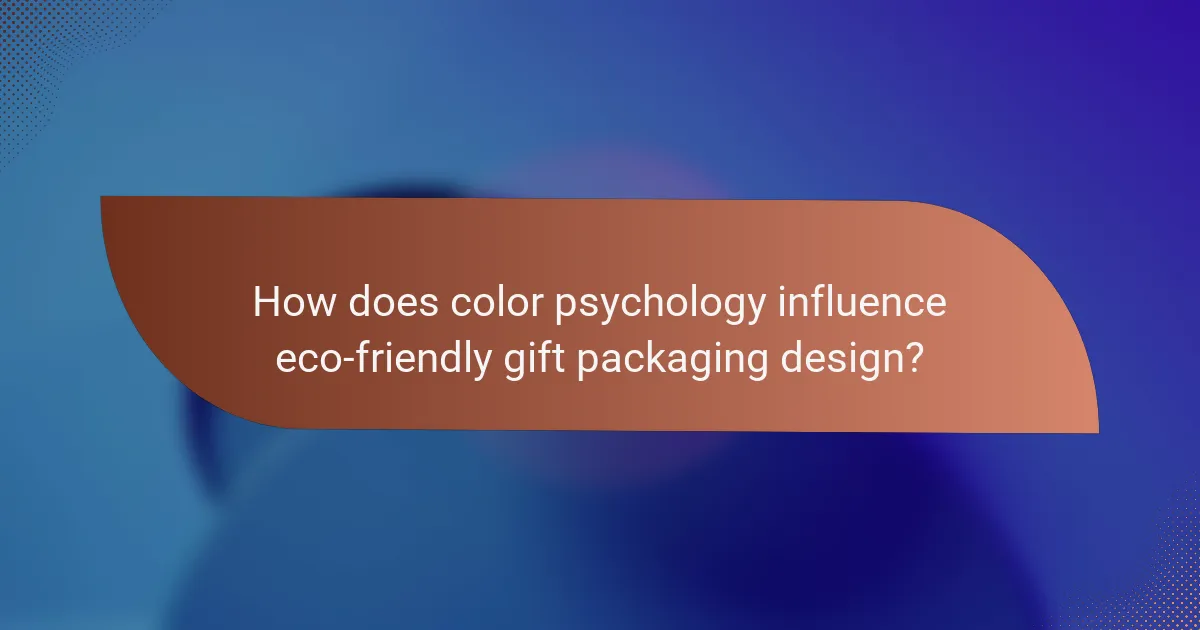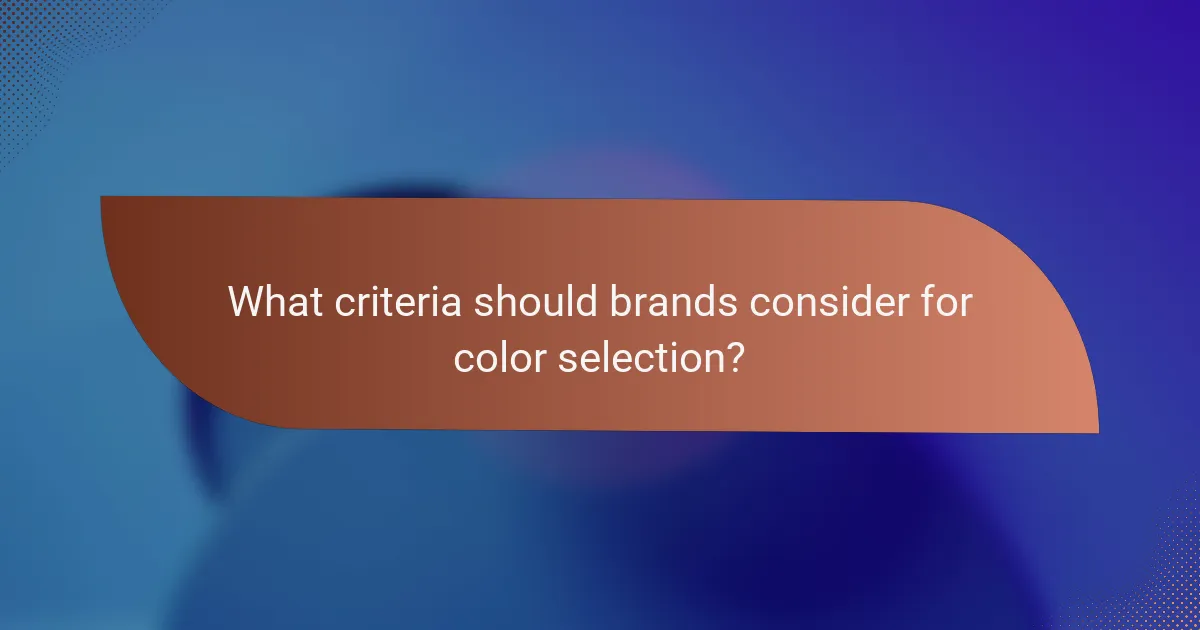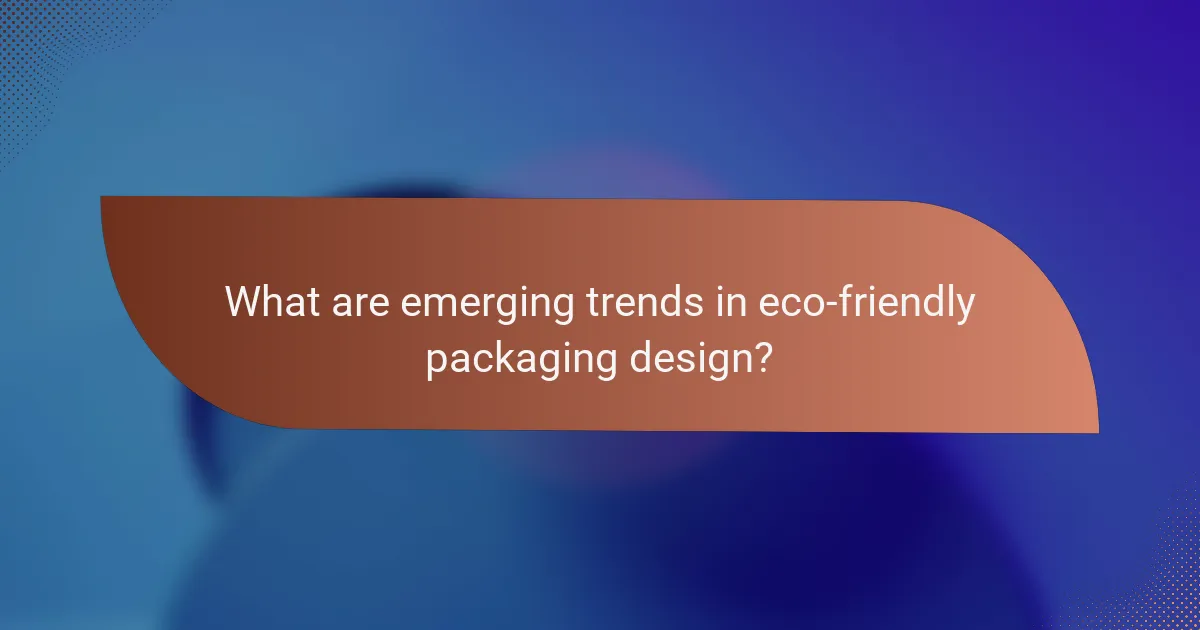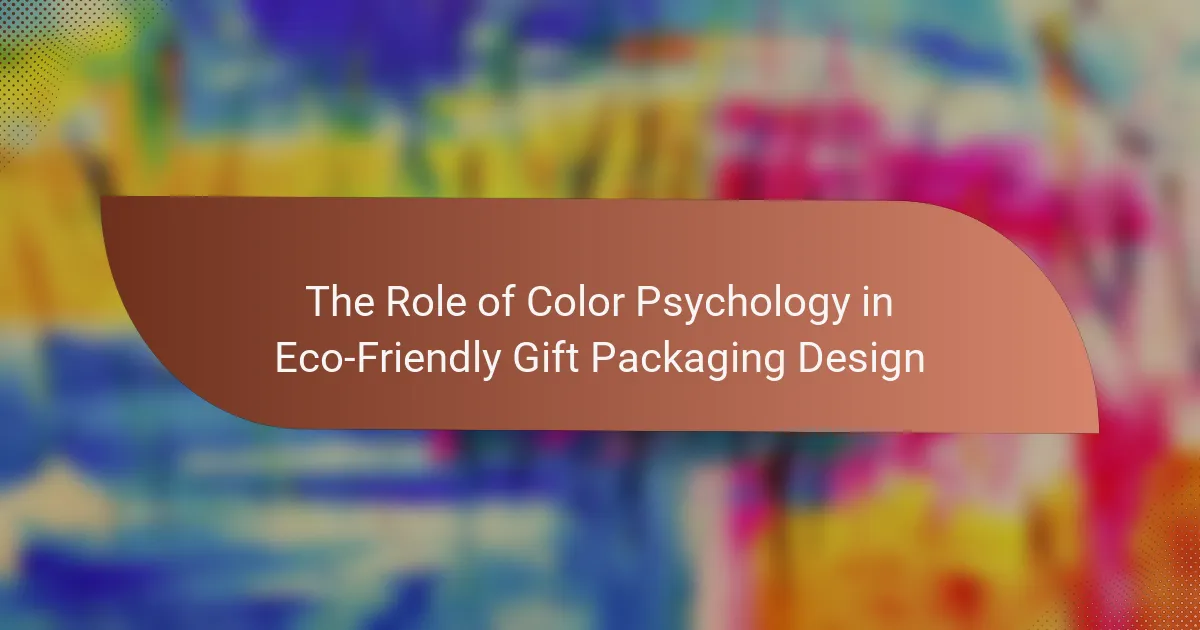Color psychology significantly influences eco-friendly gift packaging design by shaping how consumers perceive and emotionally connect with products. By utilizing colors that evoke sustainability and nature, brands can enhance their identity and appeal to environmentally conscious shoppers, ultimately impacting purchasing decisions.

How does color psychology influence eco-friendly gift packaging design?
Color psychology plays a significant role in eco-friendly gift packaging design by shaping consumer perceptions and emotions. The right colors can evoke feelings of sustainability, trust, and connection to nature, influencing purchasing decisions.
Emotional impact of colors
Colors can elicit strong emotional responses, which are crucial in packaging design. For instance, green often represents tranquility and health, while blue conveys trust and reliability. Using these colors can create a positive emotional connection with consumers, enhancing their experience with eco-friendly products.
Additionally, warm colors like orange and yellow can evoke feelings of happiness and energy, making them effective for brands aiming to create a joyful unboxing experience. Understanding the emotional impact of colors helps designers choose palettes that resonate with their target audience.
Color associations with sustainability
Colors are often associated with specific concepts, and in the context of sustainability, green is the most prominent. It symbolizes nature, growth, and eco-friendliness, making it a popular choice for brands focused on environmental responsibility. Other colors, such as earthy browns and soft blues, can also reinforce sustainability messages.
When designing eco-friendly packaging, consider using a palette that reflects natural elements. This can include muted tones that mimic organic materials or vibrant colors inspired by nature. Such associations can enhance the perceived value of the product and align with consumers’ eco-conscious values.

What are the best colors for eco-friendly packaging?
The best colors for eco-friendly packaging are those that evoke a sense of nature and sustainability. Typically, shades of green, brown, and other earth tones resonate well with consumers seeking environmentally responsible products.
Green for nature and health
Green is the quintessential color associated with nature, growth, and health. It symbolizes freshness and vitality, making it an ideal choice for eco-friendly packaging. Brands often use various shades of green to communicate their commitment to sustainability and environmental responsibility.
When selecting green tones for packaging, consider using muted or pastel shades to avoid overwhelming consumers. For example, a soft sage or olive green can convey a more organic feel compared to bright neon greens. This subtlety can enhance the perceived quality of the product.
Brown for organic and earthy appeal
Brown represents earthiness and organic qualities, making it a popular choice for eco-friendly packaging. It conveys a sense of authenticity and simplicity, which resonates with consumers looking for natural products. Packaging in shades of brown can evoke feelings of warmth and reliability.
Using recycled materials in brown packaging can further emphasize sustainability. Consider incorporating textures, such as kraft paper or cardboard, to enhance the tactile experience. This approach not only aligns with eco-friendly values but also attracts consumers who appreciate a rustic aesthetic.

How can brands implement color psychology in their packaging?
Brands can effectively implement color psychology in their packaging by selecting colors that resonate with their target audience and reflect their eco-friendly values. This approach not only enhances brand identity but also influences consumer perception and purchasing decisions.
Choosing color palettes
When selecting color palettes for eco-friendly packaging, consider colors that evoke nature and sustainability, such as greens, browns, and blues. These colors can communicate a commitment to environmental responsibility. It’s essential to maintain a balance between aesthetic appeal and the psychological impact of colors.
Utilize tools like Adobe Color or Coolors to create harmonious color schemes. Aim for a palette that includes a primary color, a secondary color, and an accent color to create visual interest while ensuring clarity and readability on the packaging.
Testing consumer reactions
Testing consumer reactions to color choices can provide valuable insights into how well the packaging resonates with the target market. Conduct surveys or focus groups to gather feedback on different color options. This can help identify which colors evoke the desired emotional responses and align with consumer values.
Consider A/B testing by presenting different packaging designs with varying color schemes to a sample audience. Analyze the results to determine which colors lead to higher engagement and purchase intent. This data-driven approach can guide final design decisions and enhance overall effectiveness.

What are the benefits of using eco-friendly packaging?
Eco-friendly packaging offers several advantages, including reduced environmental impact and enhanced consumer appeal. By using sustainable materials, businesses can align their practices with growing consumer demand for environmentally responsible products.
Enhanced brand image
Utilizing eco-friendly packaging can significantly enhance a brand’s image. Consumers are increasingly drawn to brands that demonstrate a commitment to sustainability, which can lead to a more positive perception and differentiation in a crowded market.
For example, companies like Uncommon Goods and Lush have successfully integrated eco-friendly packaging into their branding, reinforcing their values and attracting environmentally conscious customers. This alignment can create a strong emotional connection with the target audience.
Increased customer loyalty
Eco-friendly packaging can lead to increased customer loyalty as consumers prefer brands that prioritize sustainability. When customers feel that their purchases contribute to environmental well-being, they are more likely to return for future purchases.
To foster loyalty, brands should communicate their sustainable practices clearly. This can include using labels that highlight eco-friendly materials or sharing stories about sourcing and production methods. Engaging customers through social media about sustainability initiatives can further strengthen this bond.

What criteria should brands consider for color selection?
Brands should consider the emotional impact of colors, cultural associations, and the target audience’s preferences when selecting colors for eco-friendly gift packaging. The right color can enhance the perceived value of the product while aligning with sustainability values.
Target audience preferences
Understanding the preferences of the target audience is crucial for effective color selection. For instance, younger consumers may gravitate towards vibrant, bold colors that convey energy and innovation, while older demographics might prefer muted, earthy tones that evoke a sense of calm and reliability.
Conducting surveys or focus groups can provide insights into color preferences among specific demographics. Brands should also consider regional variations, as color meanings can differ significantly across cultures.
Market trends in sustainable packaging
Current market trends indicate a growing preference for natural and organic colors in sustainable packaging. Shades of green, brown, and soft pastels are increasingly popular as they resonate with eco-conscious consumers who value environmental responsibility.
Brands should stay informed about trends in sustainable packaging design, such as the use of biodegradable inks and materials that complement color choices. Aligning packaging colors with these trends can enhance brand image and appeal to a broader audience.

How do cultural differences affect color perception in packaging?
Cultural differences significantly influence how colors are perceived in packaging design. What may be considered appealing or positive in one culture could evoke negative associations in another, making it essential for brands to understand these nuances.
Regional color meanings
Colors carry distinct meanings across different regions. For instance, while white symbolizes purity and peace in many Western cultures, it is associated with mourning in some Asian cultures. Similarly, red can signify luck and prosperity in China but may represent danger or caution in other contexts.
Understanding these regional color meanings can help brands avoid misinterpretations and enhance their packaging’s effectiveness. For example, using green for eco-friendly products is generally well-received globally, but the specific shade may need adjustment based on local preferences.
Adapting designs for global markets
To effectively adapt packaging designs for global markets, brands should conduct thorough research on local color perceptions. This includes testing color palettes with target audiences to gauge their reactions and preferences. Engaging local designers can also provide valuable insights into culturally relevant color choices.
Additionally, brands should consider the overall design context, including imagery and typography, as these elements interact with color to convey a message. A color that works well in one market may clash with other design elements in another, so a holistic approach is crucial.

What are emerging trends in eco-friendly packaging design?
Emerging trends in eco-friendly packaging design focus on sustainability, minimalism, and the use of innovative materials. Brands are increasingly adopting practices that reduce environmental impact while enhancing aesthetic appeal and consumer engagement.
Innovative materials and colors
Innovative materials in eco-friendly packaging include biodegradable plastics, recycled paper, and plant-based composites. These materials not only reduce waste but also appeal to environmentally conscious consumers who prefer sustainable options.
Color choices play a significant role in eco-friendly packaging design. Earthy tones like greens, browns, and muted pastels often evoke a sense of nature and sustainability. Brands should consider using non-toxic inks and dyes to maintain the eco-friendly ethos of their packaging.
When selecting materials and colors, brands should balance aesthetics with functionality. For instance, while vibrant colors can attract attention, they should not compromise the packaging’s recyclability or biodegradability. Testing consumer reactions to different designs can provide valuable insights into effective choices.
